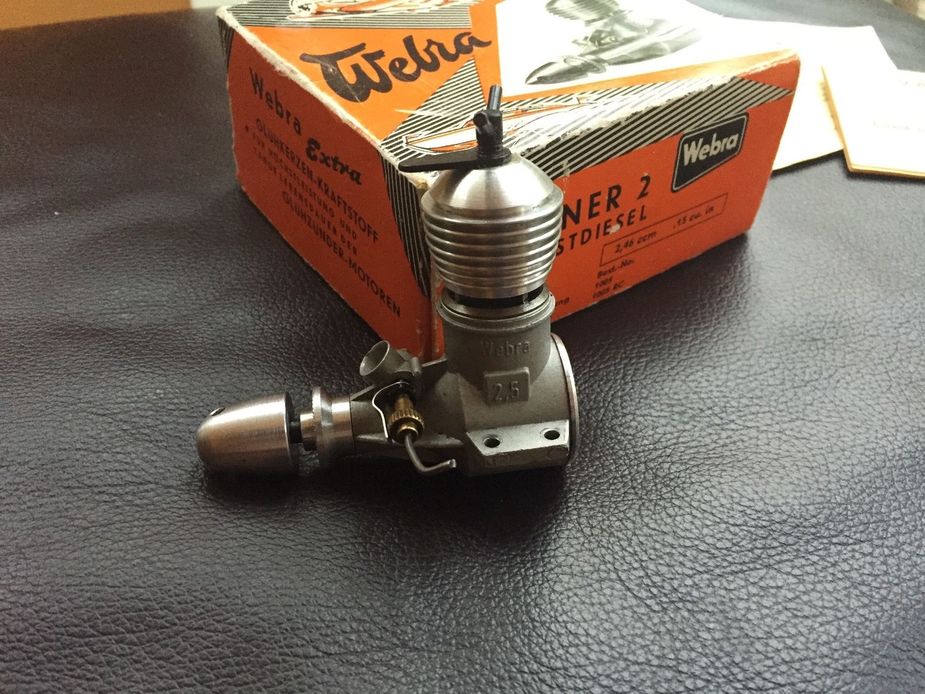In a development showing that not everything has yet been researched & produced on “classic” engines, Mazda announced the gasoline HCCI engine.
https://www.reuters.com/article/us-mazda-strategy-idUSKBN1AO0E7
Unfortunately it doesn’t seem to come with magnetos, removable cylinders or mixture knobs which makes it unsuitable for aviation.
A diesel engine running on gasoline. The HCCI engine (homogeneous charge compression ignition) has been used in “aviation” for several decades already. I had one 40 years ago, two stroke that is. It had removable cylinder and mixture knob, but no magnetos of course 

The article doesn’t say much about how the engine works except stating that it doesn’t have spark plugs because ignition is caused by compression alone. The next paragraph does say something about using spark plugs in adverse conditions though?
Anyways, any technological advances in this area are to be welcomed! Imagine an aero engine with 30% better fuel economy!
MedEwok wrote:
The article doesn’t say much about how the engine works except stating that it doesn’t have spark plugs because ignition is caused by compression alone.
It works exactly (as far as the principle goes) as the little one in the picture, only in 4 strokes instead of two.
LeSving wrote:
It works exactly (as far as the principle goes) as the little one in the picture, only in 4 strokes instead of two.
Your post came before my reply was finished, so I didn’t get to read it when writing mine. Your description of a “Diesel engine that works with gasoline” was for me a better explanation than anything written in that article! 
I have no idea of the merits of a HCCI car engine, but the principle is simple. Instead of igniting the mixture with a spark, it is ignited due to the heat developed in the compression stroke. The compression has to be much larger than in an ordinary spark ignited engine, so the efficiency becomes much higher, like an ordinary diesel essentially, maybe even more?
A diesel compresses the air, then injects fuel which ignites due to the high temperature. The problem with this is it creates NOx and particles because the fuel is concentrated and burns with a surplus of oxygen. By using gasoline vapor mixed with air (homogeneous charge), the mix will detonate simultaneously everywhere, creating no NOx or particles. Combined with high compression causes high efficiency.
In theory this will create a better (cleaner) diesel engine than any ordinary diesel, and at the same time a better gasoline engine (higher efficiency) than any other gasoline engine. The best of two worlds with none of the bad points of either.
I don’t know, but the very reason no one has made such a car engine until now, suggests there are some unresolved problems with this. Mazda say they have the engine ready for production, time will show.
Mazda does interesting stuff, and their cars are nice to drive. Following a ‘most entertainment plus highest quality at lowest price’ philosophy for cars, disposable items, led me to buy and use up four of them.
Whether this idea works out in production or not its nice that Mazda is so adventurous and persistent, as with their rotaries. Their existing recips are already up to something like 12:1 CR as I recall, on cheap fuel, using some kind of quasi stratified charge combustion chamber design.
Honda is arguably even better, or at least they have more resources, and they did a very nice ‘clean sheet’ prototype flat four aero engine (prototype). This was a (roughly 2004) joint venture wherein Continental would have marketed the engine, and I think in combination they had the credentials to compete with Lycoming in real world, had the market outlook justified it.
I did know a guy with a beautiful Mazda rotary powered RV-4, but he had trouble with it and if I ‘read’ him right he was a bit scared of its (non) reliability. Then he was killed flying an experimental sailplane.
MedEwok wrote:
The article doesn’t say much about how the engine works except stating that it doesn’t have spark plugs because ignition is caused by compression alone.
This describes the engine as keeping the spark plugs for the tricky conditions where they’re still needed:
http://newatlas.com/mazda-skyactiv-x-compression-ignition/50803/
A diesel engine working with gasoline — in aviation that equals to an expensive and heavy engine that relies on a fuel that is hard to get and expensive on a worldwide scale. So exactly what we need 
For cars, Diesotto engines (another word for them) have been researched for several decades. They should increase efficiency over the standard Otto cycle. Several manufacturers have them running but there are technical hurdles. Let’s see if Mazda really want to ship them. They have experience selling exotic engine designs that are nice but pointless…
The way it looks right now, Mazda is not ahead of the competition in terms of Diesotto engines. The press release has very little meat. Other car companies have less incentive to go public with this stuff as every revolutionary new engine technology makes the current stuff look less advanced and future proof.
Mazda has done impressive work getting rid of internal losses in their “Skyactiv” engines. This “Skyactiv-X” seems to be continuum to rethinking the internal combustion engines. With current fuel injection pumps petrol-diesel should be easy to do. Lots of stuff in youtube about “Skyactiv” tech, not sure about “Skyactiv-X”